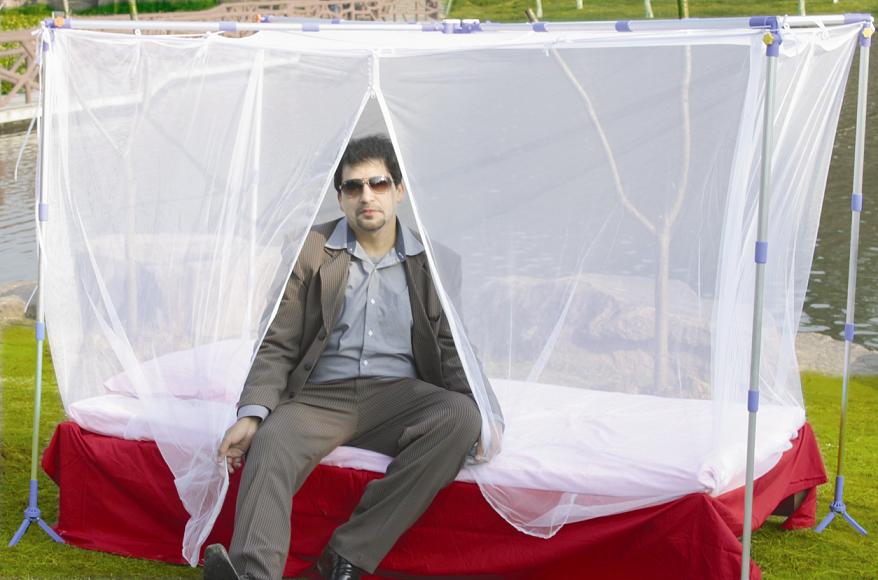HANGING MOSQUITO NET WAS NEVER SO EASY !
Greetings from SAM BED NET.
Malaria is the number one killer in Africa and to combat the disease, many development agencies have focused on distributing mosquito nets that would protect Africans from being bitten while they sleep. This strategy has resulted in a huge upsurge in the number of bed nets supplied to the population as a whole and particularly to pregnant women and young children. The widespread distribution, however, has not resulted in a significant decrease in malaria. There are valuable debates on the reasons . Before delving into behavioral economics, though, it might be useful to consider a more basic problem: the mosquito nets are poorly designed.
The bed nets distributed by governments and international organizations have one of two basic designs: circular or rectangular. The circular design hangs from the ceiling by one string, with the net fanning out from a ring at the top and tucked tightly under the mattress on all sides. The rectangular design ties to the ceiling with four strings and hangs straight down on all sides of the bed, with the fringes again tucked under the mattress. Both designs work well for middle-class homes with flat ceilings and a bed for every member of the family. But most of the poor in sub-Saharan Africa, especially in rural areas, live in mud huts, often with thatched roofs.
Hanging mosquito nets is very difficult in these homes, and most people prefer the circular nets because they are easier to hang. Although the rectangular nets can be used without a bed, the circular nets cannot, because they have to be tucked under the mattress to fan out. In many African communities, most children younger than five sleep on the floor, so only the rectangular nets would be effective. But the rectangular nets take up quite a bit of room in a mud hut and have to be taken down and rehung every night for the hut to be of use during the day. Given the difficulty of hanging the nets, it is unreasonable to expect people to follow this routine.
An improved mosquito net was necessary to be invented if progress was to be made in combating malaria effectively.
PRESENTING THE INVENTION THAT CHANGED THE MOSQUITO NET HANGING SYSTEM :
I am writing to introduce you the world's first anti malarial , self-suporting , collapsible and portable rectangular mosquito netting system which can use ITNs of any size and kind. The patented product is called SAM BED NET and the details can be seen on our website www.sambednet.com
Having seen and liked the innovative product online , You are humbly requested to please get in touch with us for further discussion on specifications , procurement and logistic issues.
Waiting to hear from you.
Sincerely yours
Arshad Mohsin

